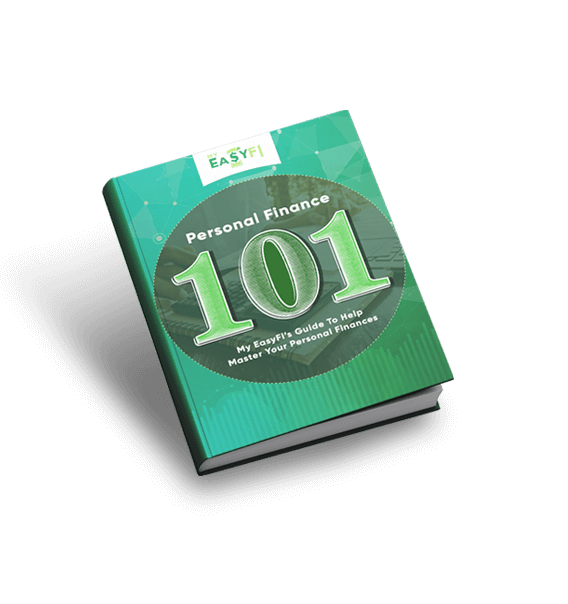How much to spend on rent? It depends on how well you’re dealing with other expenses.
Last night, I rang my friend who works as a real estate agent and told him about my new job in his state. Without wasting a second, I finally asked him about the rent rate in his hometown. With an annual income of $73,000, I figured out that a rent of $1,825 was way too steep for me.
As the costs of living are rising, renting or paying for a new apartment or house has become a challenge for many Americans – mainly middle-class ones. A recent report calculated that 10.9 million renters spend more than 50% of their income on housing, which means one in every four of the described population is a cost-burdened renter.
According to Market Watch, renters who spend more than 30% of their income on housing expenses are cost-burdened, where those spending over 50% are severely cost-burdened. Since the housing expenses are on the rise again, these cost-burdened renters will be highly affected, given their necessities and savings being stripped away.
Considering your rent as one of the largest expenses and watching the real estate market shoot up, you need to determine if the way you’re spending on your rent is right for you.
This article will teach you about how much of your income should go to rent. Here, you will learn if your current strategy is the best one, or if you need a new one to go along with the budget you created. So, let’s get started.
Rules Of Thumb For Rent Payment
So your question ‘how much to spend on rent’ doesn’t have a straightforward answer. There are both technical and practical sides to it. The technical side deals with the estimates based on the rules of thumb. These estimates are required by the property owners to see if you qualify for the rent. Here are a few estimation methods used to calculate the rent payments as per your income.
- The 40 Times Rent Rule
The first rule of thumb indicates that your annual income should be 40 times your monthly rent. It’s calculated simply by dividing your pre-tax yearly salary (your salary before tax is applied) by 40. For instance, if you earn $100,000 annually, you could afford a rent of $2,500 per month as per this rule.
- The 30% Rule
Of all the most popular rules, 30% is by far the widely accepted one to help pay rent. The general idea behind this concept is that you should budget 30% of your income for your renting or housing costs. Here’s the simple formula to calculate 30% of your income for rent:
Take 30% your entire pre-tax annual income ($100,000). You’ll get $30,000. Divide this 30% amount with 12 (number of months), and you’ll get the exact figures you have to pay for rent per month ($2,500).
- The 50:30:20 Rule
This concept is a bit different from the 30% rule. It suggests that you should spend 50% of your after-tax income on fixed costs, such as utilities, transport, and rent. 30% of it should go to your day-to-day spending, while 20% should go in the savings account or debt repayment.
Let’s say you receive $75,000 out of $100,000 after tax deductions. If you’re following the 50:30:20 rule, you will draw 50%, which is $37,500 for both your utilities and rent. Even with this amount, you can pay a rent of $3,125, but your income allocation for utilities might demand more than that for your rent.
How Much To Spend On Rent When The Rules Don’t Work For You
Sure, the rules of thumb must sound like something easy and direct, but there’s a problem with each of them. Not all of them might take your financial situation into account. It could be that these rules don’t fit your financial condition, lack consideration of unexpected expenses, or might even aggravate a critical situation.
You need to calculate your expenses (other than rent) based on your finances. These could include utilities, groceries, transport, clothing, debt, savings, and other entertainment expenses.
Keeping aware of your basic needs and other crucial factors allows you to be mindful of the amount of your rent. Otherwise, fixing the rent and falling short of affording your necessary expenses will turn you into a cost-burdened renter. When the after-tax payment goes into your pocket, do the math and subtract your monthly spending. Reserving the remaining amount will answer your question about how much to spend on rent.
However, you don’t have to limit yourself to the practical side of allocating money for rent. Regardless of the plan you follow, considering where you live and other factors related to it can give you room to think about your priorities.
How Much Rent Should I Pay If My Income Is…?
Paying rent is a reality, which becomes harsh when you think about doing it under a strict budget. But that shouldn’t hinder your ideas to find a suitable location for yourself with all your other expenses covered conveniently. It’s even possible that the right solution and accountable financial planning can make a good living under $20,000, while those mismanaging an income of $100,000 still can’t prioritize their expenses, lest the rent.
So, how much of your income should go to rent? It’s not all about your income; it’s about how you’re managing it. If you don’t think the rules work for you or can’t figure out how to balance your financial situation, consider how much to pay on rent by figuring out the low, middle, and high-end options.
Start with your gross monthly income and determine the following.
- 15% Of Your Income
This is the low-end of your income, where allocating 15% of your monthly income on rent allows you to enjoy several activities, such as saving money, paying debt, dining out, and traveling, outside your rented property. If you’re spending less time at home and are always hitting the road, it could serve as the best option for you. For instance, if you make $60,000/year or $5,000/month, your suggested rent would be $750 for the month.
- 25% Of Your Income
The middle-end option is where you spend 25% of your gross annual income on your rent, thereby leaving room for utilities, basic needs, and other expenses. You can still save money or spend it along with having a comfy apartment to spend some quality time. If you’re making $60,000/year or $5,000/month, you’ll have to pay a rent of $1,250 every month.
- 35% Of Your Income
While we are well aware of the 30% rule and that beyond it, this one is a luxury option considered for those wanting to rent a place with all the desired amenities. Even if you would head for such an option, we might as well warn you. If you make $60,000/year or $5,000/month, a rent of $1,750 can strip you of your expenses for groceries, travel, and other activities.
Need An Income-Rent Balance? These Ideas Might Help
Paying rent as per your budget can go out of hand at times. So what to do when these costs exceed the budgeted or fixed amount no matter how you calculate it? Determining how much to spend on rent becomes a tricky situation. Whether you want to rent an apartment in an expensive city or want to settle somewhere with the minimum wage, here are a few ideas to consider when eyeing an apartment.
- Split The Rent
When it comes to splitting rents and sharing the space, two is always better than one. Cutting the cost is a significant benefit for you and your roommate/apartment mate when you are contributing equally to your shares. If you have a friend who’s also searching for an apartment, you both can afford a two-bedroom apartment without bearing too many costs.
- Cut Redundant Expenses
Cable TV, salon services, frequent dine-out, magazine subscriptions, and other unnecessary expenses can devour a great deal of your earning. Compare the months when you saved the most with the time you spent the most. Take a good hard look and start stripping your expense list clean of all the unnecessary items and things, on which you’ve been wasting your money.
- Use Local Transport
Renting an apartment where you can easily avail of the subway, trams, or buses is a great way to cut the cost of gas and hours of driving. You’ll spend less money and won’t be bothered about car repairs. You can even buy a bicycle to cut the costs completely.
- Join An Affiliate Program
Another side to become financially stable to afford the rent is to grow your income prospects. You can start a business, become a tutor, or join a free affiliate program to earn some side cash. Having a secondary income source is a great way to support your goals and savings.
By the end, how much to spend on rent depends on your ability to stick to your goals and being realistic about your expenses. By having this realization, you can only find the place that suits your budget and keeps you happy.

